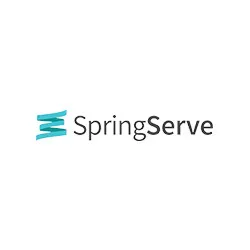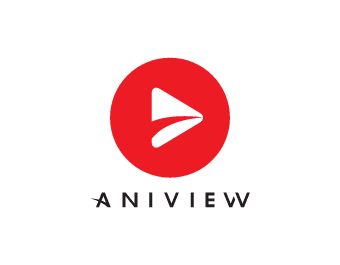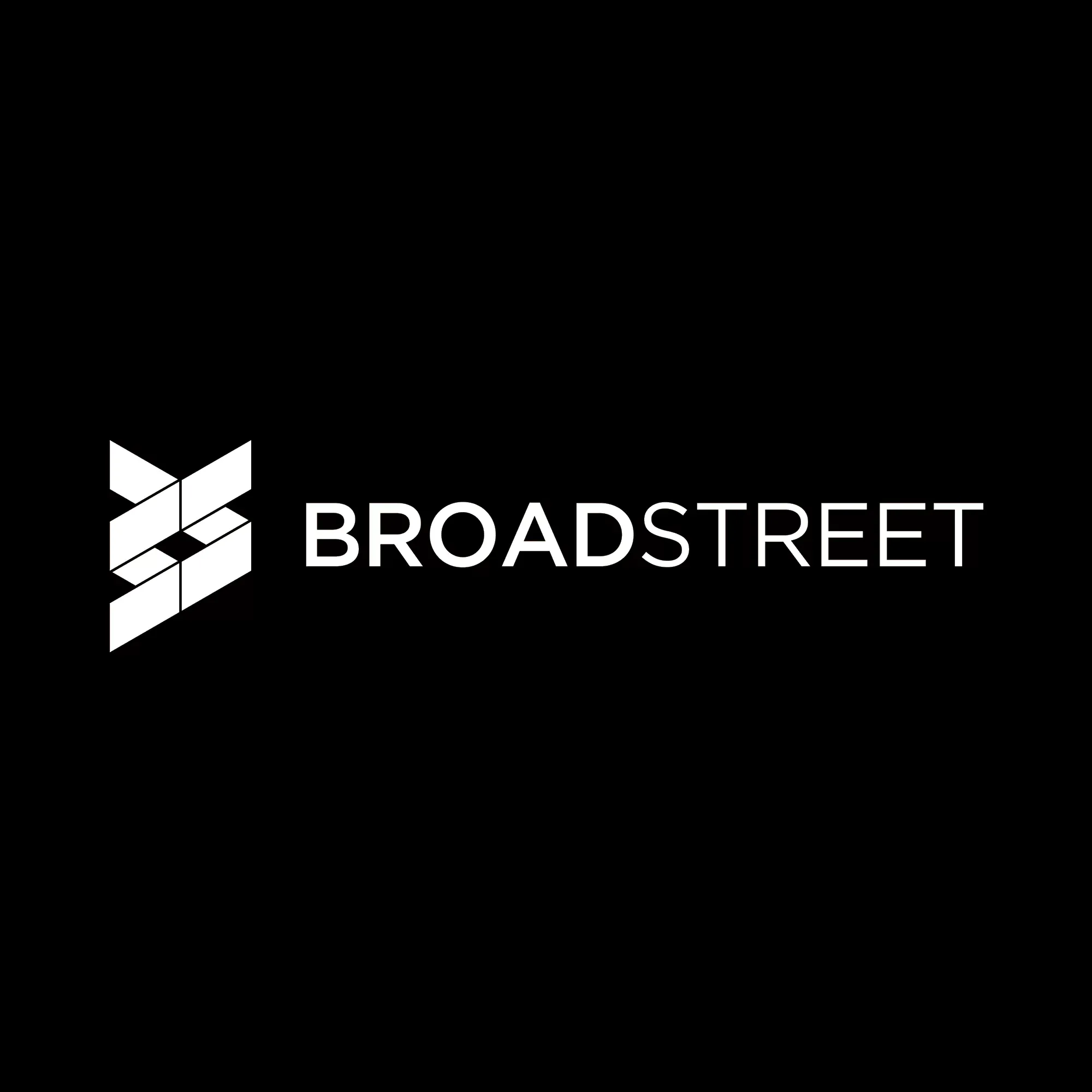The Best Ad Servers for Publishers
An ad server is an ad-serving technology platform that enables publishers to manage and serve online advertisements. The global ad server market was valued at approximately USD 7.5 billion in 2020 and is projected to reach USD 14.6 billion by 2025, growing at a CAGR of 14.2% during the forecast period. Over 80% of media enterprises and large digital publishers use ad servers to manage their ad inventory and optimize ad delivery. Ad servers allow targeting specific audience segments and tracking performance metrics like CTRs, impressions, clicks, conversions, and key values. Ad servers are tech engines which help both advertisers and publishers in ad management and ad distribution. These act are a unified form of ad management platforms and ad networks for publishers. There are two main types of ad servers for publishers: hosted ad servers and self-hosted ad servers.
- Hosted ad servers: They are third-party services that provide publishers with ad-serving functionality. This is done in exchange for a fee. These services usually offer a user-friendly interface for creating and managing ad campaigns. They also offer advanced targeting and reporting features. Some popular examples of hosted ad servers for publishers include Google Ad Manager, AdRoll, and DoubleClick.
- Self-hosted ad servers: They are installed on a publisher's own servers. These offer greater control and customization options. Self-hosted ad servers require more technical expertise to set up and maintain. Yet, they offer publishers the ability to fully customize ad serving and tracking capabilities. Some popular self-hosted ad server options include OpenX, AdZis, and Revive Adserver.

Image Source: Adjust.com
Benefits of Ad Servers for Publishers
Ad servers offer several key benefits to publishers, including:
- Ad Campaign Management: Ad servers have become essential tools for publishers looking to manage and scale their advertising efforts efficiently. They provide a centralized platform to handle everything from ad creation and scheduling to targeting and performance optimization, making campaign management more streamlined and effective.
- Precision Targeting: Modern ad servers allow publishers to deliver ads based on detailed audience segments, including demographics, interests, and user behavior. This level of targeting ensures ads are more relevant, which often results in higher engagement, improved click-through rates (CTR), and better overall conversion performance.
- Data-Driven Optimization: With real-time access to key metrics like impressions, clicks, conversions, and revenue, publishers can make informed decisions to fine-tune their campaigns. This data-centric approach helps drive better results and maximizes return on investment (ROI).
- Dynamic Ad Rotation: To maintain user interest and reduce ad fatigue, ad servers support automatic ad rotation. This ensures that users are exposed to varied creatives, keeping content fresh and increasing the likelihood of engagement.
- Protection Against Ad Fraud: Ad servers also enhance campaign integrity by identifying and filtering out fraudulent traffic and invalid clicks. This not only protects advertising budgets but also ensures the accuracy of performance metrics.
Overall, ad servers offer publishers a range of benefits. These benefits help improve the effectiveness and efficiency of online advertising campaigns.
SpringServe is a leading ad server solution known for its high-performance capabilities and advanced optimization features. Catering to publishers and advertisers alike, SpringServe ensures seamless ad delivery, maximizing revenue through precise targeting and real-time analytics. With an impressive 99.9% uptime and support for various ad formats, it stands out as a robust choice in the competitive ad tech landscape. SpringServe's intuitive platform handles over 5 billion daily ad requests, providing unparalleled scalability and efficiency. Its comprehensive suite of tools includes demand path optimization and automated bidding, empowering users to achieve superior yield management. Join the ranks of top publishers leveraging SpringServe to enhance ad performance and drive substantial growth.
Epom, a standout in the Ad Servers category, delivers versatile ad serving solutions that cater to over 60,000 advertisers and publishers globally. Their platform supports various ad formats, ensuring high engagement and increased revenue through precise targeting and seamless delivery. With Epom, users experience a 35% boost in ad performance and benefit from an intuitive, scalable interface. Known for its powerful features and exceptional customer service, Epom remains a top choice for efficient and effective ad serving in today's competitive digital landscape.
Adform is a robust ad server platform that offers publishers advanced tools for managing and optimizing their digital advertising campaigns. With features like real-time reporting, programmatic integration, and customizable ad delivery, it helps publishers maximize revenue while maintaining full control over their ad inventory.
Aniview, a prominent player in the Ad Servers category, offers cutting-edge solutions for video ad serving, boasting over 10,000 publishers and reaching millions of viewers daily. Their advanced technology ensures high fill rates and optimal ad delivery, enhancing user experience and maximizing revenue. With Aniview's robust platform, publishers experience a 30% increase in ad performance and seamless integration across all devices. Trusted by industry leaders, Aniview provides unparalleled support and innovative features, making it a top choice for effective and efficient ad serving.
AdButler is an internet advertising platform for publishers and marketers. It facilitates direct ad sales by publishers (instead of through ad networks), which yields larger profits. Its fully automated ordering system makes it simple for advertisers to purchase advertisements.
Connatix's ad server empowers publisher's sales team with regard to video ads. Using its DSP integrations, publishers are delivered direct deals and are given the flexibility to create contextual targeting rules. Publishers have access and power to manage campaigns with various thresholds.
SpotX is a premier ad server and video ad monetization platform that empowers publishers and broadcasters to maximize their revenue. With a global reach and support for multiple ad formats, SpotX delivers over 10 billion video ad impressions monthly, ensuring high fill rates and optimized yield through advanced programmatic solutions. SpotX's cutting-edge technology includes real-time analytics, audience segmentation, and demand optimization, making it a trusted partner for top-tier publishers. Its user-friendly interface and robust security measures provide a seamless experience, driving significant growth and engagement. Partner with SpotX to elevate your ad strategy and achieve unparalleled success in the digital advertising ecosystem.
Smart AdServer is a leading ad server and monetization platform that enhances publishers' revenue through efficient ad management and dynamic optimization. Handling over 1 trillion ad impressions annually, Smart AdServer supports multiple ad formats, including display, video, and native ads, ensuring seamless integration and high performance. Its powerful features, such as real-time bidding and advanced targeting, empower publishers to maximize their ad revenue. Its user-friendly interface and comprehensive analytics provide actionable insights, driving significant growth. Join the numerous top-tier publishers who trust Smart AdServer to streamline their ad operations and boost profitability in the competitive ad tech landscape.
Kevel, a leader in the Ad Servers category, empowers developers to build custom ad platforms with ease, serving billions of API requests monthly. Their innovative solutions enhance ad management and personalization, driving higher engagement and revenue for publishers. With Kevel, publishers see a 40% improvement in ad performance and enjoy seamless scalability across various platforms. Renowned for its robust API and exceptional support, Kevel is the go-to choice for creating tailored ad experiences that captivate audiences and maximize returns.
Broadstreet Ads specializes in providing a robust ad server for local and B2B publishers, designed to enhance direct sales efforts. Their platform is trusted by over 500 companies, delivering features such as automated reporting and HTML5 ad formats, which can boost click-through rates by up to 400%. It also offers a seamless user experience with tools like a spec ad library, newsletter advertising management, and a sponsored content tracker. This ad server helps publishers maintain content integrity while driving revenue, making it a top choice for efficient and impactful ad management.
How to Choose the Best Ad Servers for Publishers?
Choosing the best ad server for your publishing needs can be vexing. Here are some key factors to consider when evaluating ad server options:
- Core Features: Ensure the ad server includes functionalities such as ad creation, targeting, campaign optimization, detailed reporting, and fraud prevention. These features are important to running efficient and results-driven campaigns.
- Ease of Use: A user-friendly interface can save time and reduce the learning curve. Look for an intuitive platform that offers straightforward navigation, clear documentation, and doesn’t require deep technical expertise to operate.
- Customization & Control: Evaluate flexibility. If you prefer full control over your ad-serving infrastructure, a self-hosted solution may be ideal. However, for those looking for a more streamlined, hands-off experience, a hosted ad server offers convenience and ease of use.
- Scalability: Choose a platform that can handle increasing traffic and ad volume without compromising speed or reliability.
- Integration: Consider how well the ad server integrates with existing tools like analytics platforms, CMS, or third-party ad networks. Smooth integration enhances efficiency and helps unify a tech stack.
- Support & Resources: Responsive support is essential. Look for a provider that offers accessible documentation, training resources, and live support options to help troubleshoot issues or get the most out of the platform.
- Transparent Pricing: Finally, evaluate the cost. A good ad server should provide a clear and fair pricing structure with no hidden fees, making it easier to forecast ROI and manage budgets.
An ad server is more than just a backend tool, it’s the engine driving your monetization strategy. By offering centralized control over ad creation, targeting, optimization, and reporting, a well-chosen ad server can significantly boost advertising performance. Taking the time to evaluate key factors like features, usability, scalability, and support ensures you select the right solution for your publishing goals. In the long run, the right ad server not only maximizes revenue but also improves the overall efficiency and transparency of your digital campaigns.
Ad Servers FAQs
Our Editors’ Pick:
Browse these amazing publisher monetization tools handpicked by our team of editors















 (1).webp)


